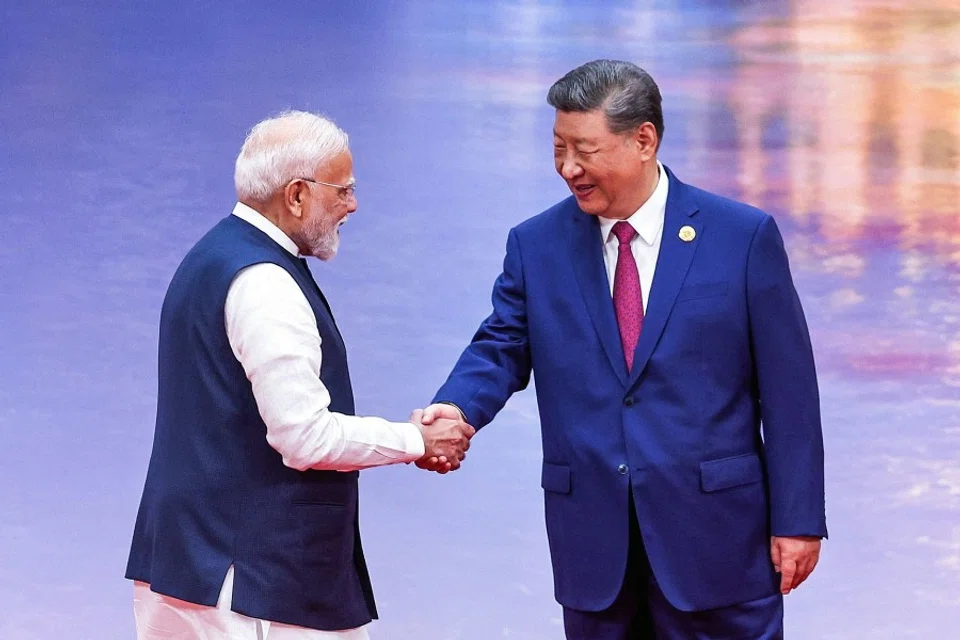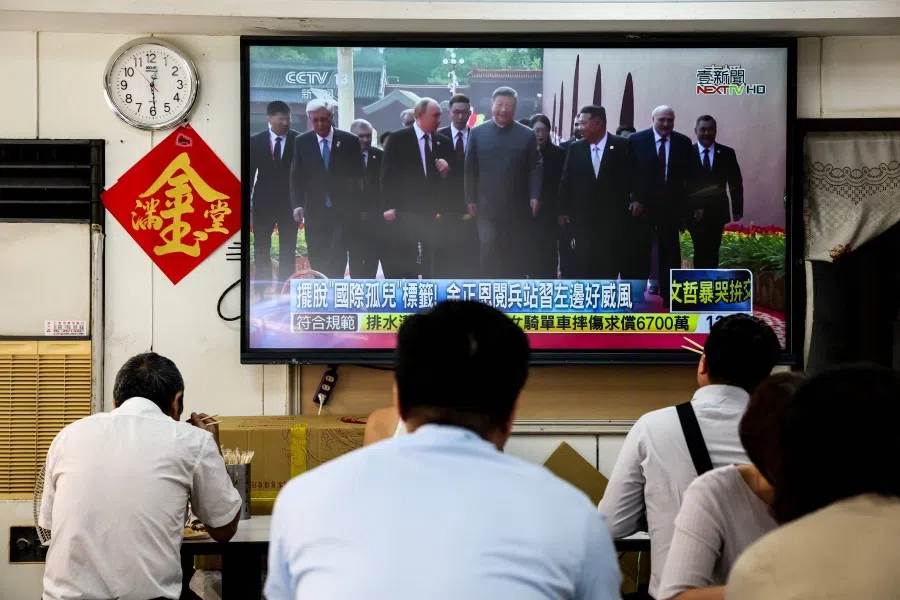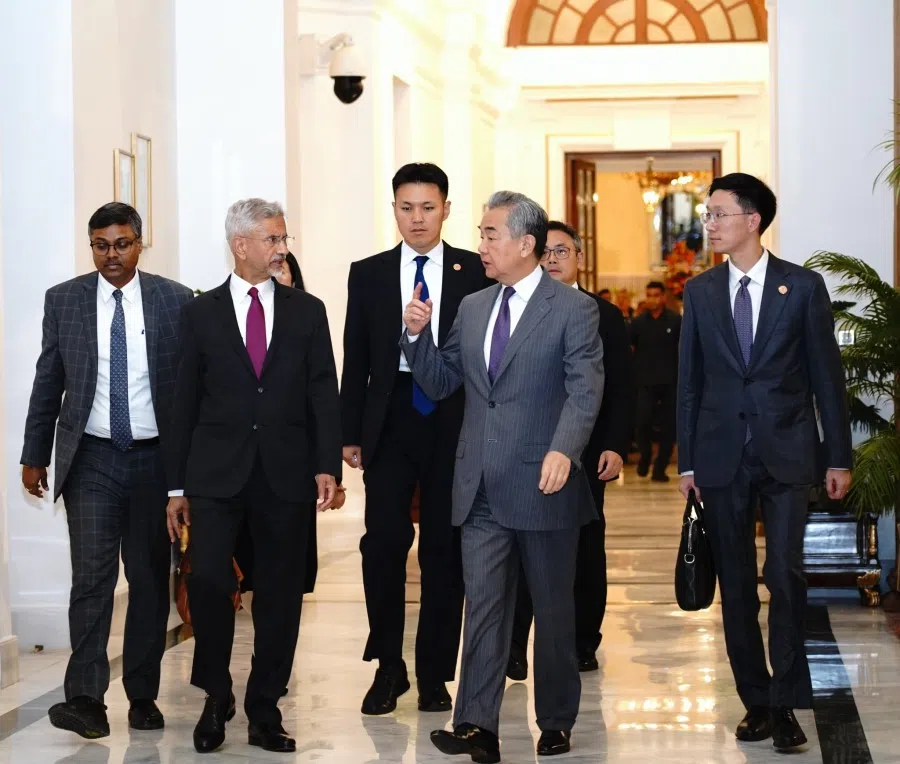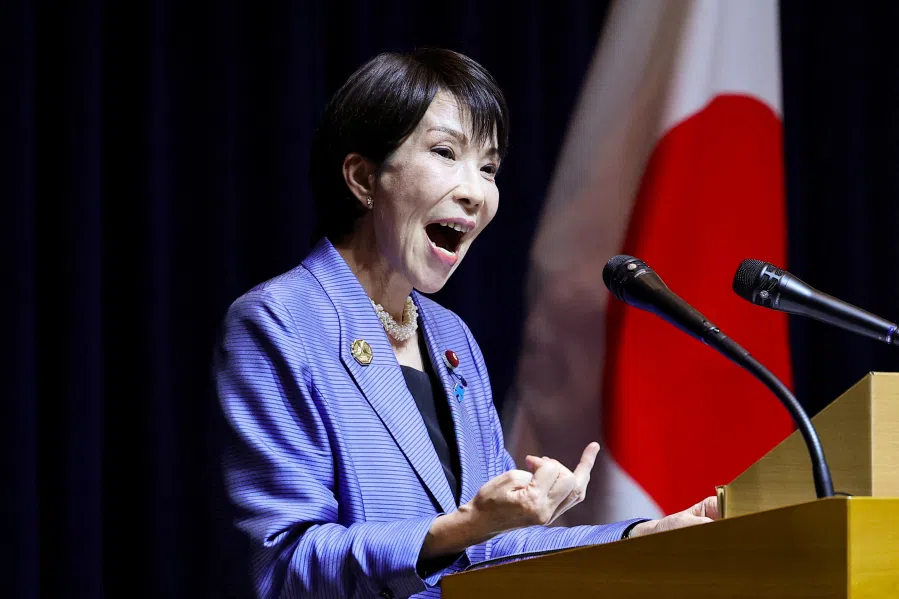The ‘one China’ policy India never wrote down
By keeping its Taiwan stance vague, New Delhi holds leverage over Beijing — and room to manoeuvre with Washington, says Indian researcher Anushka Saxena.

The Shanghai Cooperation Organisation (SCO) summit held in Tianjin, China, on 31 August, saw Indian Prime Minister Narendra Modi and Chinese President Xi Jinping exchanging hushed giggles and kind words. The optics of the SCO summit seemed to suggest that India-China relations have now started to thaw after over four years of suspended high-level dialogue. Not to mention, the momentum of progress is such that the Modi-Xi meeting on the sidelines of the SCO was the second for the two leaders within a year, after the last meeting in Kazan in October 2024.
India and China hold firm on core, value-centric issues
But the one thing that has consistently emerged from the past few months of diplomatic wrangling between the two neighbours is that neither side is willing to budge on core, value-centric issues, almost holding them as metaphorical “cards” to play during future negotiations.
For New Delhi, these core issues include the absolute settlement of the border (which Beijing wishes to keep aside, desiring business to continue as usual), wanting parity with China in the regional order, and of course, seeking condemnation of Pakistan’s cross-border terror activities.
For New Delhi, there are no easy answers to this question. This is perhaps why India’s “one China” policy, unlike the US’s Taiwan Relations Act or communiques with the PRC, has no documented home. Yet there is an insistence that the policy has remained unchanged.
The conclusions of the 18 August meeting between Chinese Foreign Minister Wang Yi and Indian External Affairs Minister S. Jaishankar in New Delhi yielded much-expected results — there were no significant breakthroughs, but there was a willingness shown to negotiate. More importantly, China ruffled feathers by arguing in its press release of the meeting that EAM Jaishankar said, “Taiwan is a part of China.”
Subsequently, India’s press release pointed out that Wang brought up the issue of Taiwan, and that India’s policy on the issue remains consistent. There was also an insinuation of hypocrisy on Beijing’s part, in that the press release highlighted that just like China and the rest of the world continue to maintain economic and cultural ties with the island, so does New Delhi. Subsequently, on 21 August, Beijing stated that India’s “clarification” came to it as a “surprise”, and expressed “concern” that it is “undermining China’s sovereignty”.
The nuances of India’s Taiwan policy
But the conversation surrounding this divergence in stated outcomes brings to light an important question — what is India’s Taiwan policy — and what is its connection with the term “one China” policy?

To answer this, one must first differentiate between the “one China” policy and “one China” principle. The latter is Beijing’s articulation, and has three defining pillars — that there is but one China in the world, that Taiwan is a part of China, and that the People’s Republic is the sole representative government of said “one China”. Beijing’s endeavour is for countries to imbibe this articulation and make it their “one China” policy.
But that is not the case. In fact, the “one China” policy is each country’s own version of how they articulate and/or approach the China-Taiwan issue. And there are varied iterations of this.
Russia’s “one China” policy, for example, makes it explicit that Taiwan is an inalienable part of a “one China” led by the PRC. The US’s “one China” policy has a few descriptors of its own. That Washington acknowledges the PRC’s claim that Taiwan is a part of China, without agreeing or disagreeing with that claim, is one such descriptor. It can be implicitly assumed that Taiwan’s sovereign status is undetermined from Washington’s perspective.
This assertion is important because it brings to light a critical quandary — when countries say they have a “one China” policy, and yet, make no comment on Taiwan’s status, are they equating the “one China” with the PRC, or are they envisioning a singular China with two rival governments in the PRC and Taiwan?
For New Delhi, there are no easy answers to this question. This is perhaps why India’s “one China” policy, unlike the US’s Taiwan Relations Act or communiques with the PRC, has no documented home. Yet there is an insistence that the policy has remained unchanged.

It seems prima facie that India’s “one China policy” is the same as that of the camp of countries that acknowledge the PRC’s claims and vision for “one China”, and yet, take no stance on Taiwan’s status. If this is indeed true, and if Minister Jaishankar did say to Wang Yi what Beijing claims he did, then it signals a shift in policy language. But if New Delhi insists that policy indeed remains unchanged, then the Chinese statement is either a faulty interpretation or a deliberate misrepresentation by Beijing.
It would not be surprising if the former is the case. This is evident from Beijing’s interpretation of the American statement on “acknowledgement” of PRC’s claims over Taiwan, which it characterises as “recognition”. Further, in a statement written in classic Chinese style, with flowery messages and virtue-signalling, the quote on Taiwan attributed to Minister Jaishankar seemed rather casually strung.
The Washington model of continuing “unofficial” economic, security and cultural ties with Taiwan is something New Delhi adheres to as well.
Enabling New Delhi-Taipei relationship
That said, India’s “one China” policy continues to remain ambiguous. But, a vague policy does it justice when the goal is to irk the bigger neighbour on the “red lines” that matter to it the most. This is especially considering Beijing itself has, as former Indian Minister of External Affairs Sushma Swaraj articulated in 2014, never adopted a “one India” policy, and has considered India’s sovereignty and territorial integrity malleable.
At the same time, the policy approach also enables New Delhi to maintain a working relationship with Taipei. Despite its shortcomings, sustained ties have kept good faith alive and created opportunities for collaboration vis-à-vis trade in consumer agro-products, the setting up of small and medium Taiwanese manufacturing firms in India, and people-to-people exchanges.

Furthermore, India attempts to align its “strategic ambiguity” on the Taiwan issue with that of the US, which continues to be an important stakeholder in cross-strait relations. The Washington model of continuing “unofficial” economic, security and cultural ties with Taiwan is something New Delhi adheres to as well.
Most importantly, when brokered by the US, India also shows willingness to participate in Taiwan-related exchanges. A classic example is the Global Cooperation and Training Framework (GCTF) meeting between the US, India and Taiwan in December 2023, where representatives aimed to seek from Taiwan the necessary know-how to counter “cyber threats”. Needless to say, for each of the three parties, Chinese Advanced Persistent Threat Actors (APTs) are the biggest cybersecurity challenge.
Surviving thorns in relationships
That said, at any given point, American influence on India’s “one China” policy is dependent on the nature of ties between India and the US, and India and China.
It is often deliberated in India’s academic circles whether the government in New Delhi would agree to grant the US naval logistics support if the US were to seek it in a future military campaign over Taiwan. That the answer is uncertain, speaks to how New Delhi balances its ties with Beijing and Washington, and how its own security and economic calculi consistently require a tightrope walk between its most important partner (the US) and its biggest threat (China).
Reunification with Taiwan will continue to be China’s “great dream” for the foreseeable future. Consequently, the unwillingness of countries around the world to match the words and commitments of their “one China” policy with Beijing’s “one China” principle, will continue to create thorns in their relations with the PRC.
However, as long as it is in India’s national interest to maintain ambiguity in its policy on the issue, that must remain the case. It may allow India to hold a few metaphorical cards even as negotiations continue, and as structural faultlines continue to make achieving major breakthroughs with China tough.





![[Big read] China’s 10 trillion RMB debt clean-up falls short](https://cassette.sphdigital.com.sg/image/thinkchina/d08cfc72b13782693c25f2fcbf886fa7673723efca260881e7086211b082e66c)